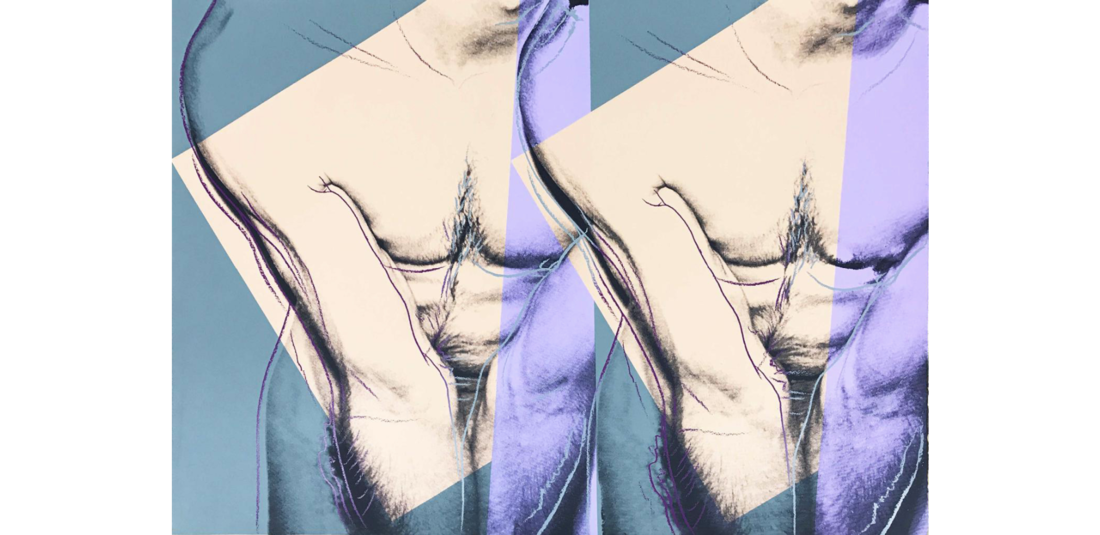
Andy Warhol is known for his iconic depictions of consumer products and celebrities. However, a lesser-known aspect of the Pop artist’s work is his obsessive and deeply personal exploration of masculine beauty. On June 9, the Neues Nationalgalerie in Berlin will hold an exhibition titled “Andy Warhol.” The Anger and Beauty of Velvet,” highlights Warhol’s nuanced depictions of idealized masculine figures—from his teenage paintings of classmates, to his depictions of celebrities like Mick Jagger, and later of nude Polaroids and prints. The wide-ranging survey, which runs until October 6, is curated by museum directors Klaus Biesenbach and Lisa Botti and takes an in-depth look at An often overlooked but central theme in Warhol’s prolific career.
In an interview with Artsy, Biesenbach said: “The red line is his attempt to depict a certain ideal of male beauty.” He pointed out that the exhibition covers more than 250 works, covering a variety of media such as painting, photography, painting and art. Films shot from the late 1940s to the 1980s. “For a lot of people, this is a Warhol that’s less famous, or not known at all.”
The curator noted that several series on display, such as Warhol’s “Torso” (1977) nude screen painting and “Ladies and Gentlemen” (1975) – elegant drag queens in New York nightlife and silkscreen portraits of trans women, still on display. Even some collectors who would lend Warhol works to exhibitions would not display them in the main spaces of their collections, he said.
The exhibition’s title pays homage to psychologist Alan Downs’ book velvet fury (2005), which discusses the issues of growing up gay in a predominantly heterosexual world—reflecting the challenges Warhol himself faced. “The Fury and Beauty of Velvet” is a new opportunity to celebrate an artist whose exploration of masculine beauty was never fully accepted during his lifetime. “There was never a moment in his life when these works were legal, reasonable, or not immoral,” Biesenbach said.

